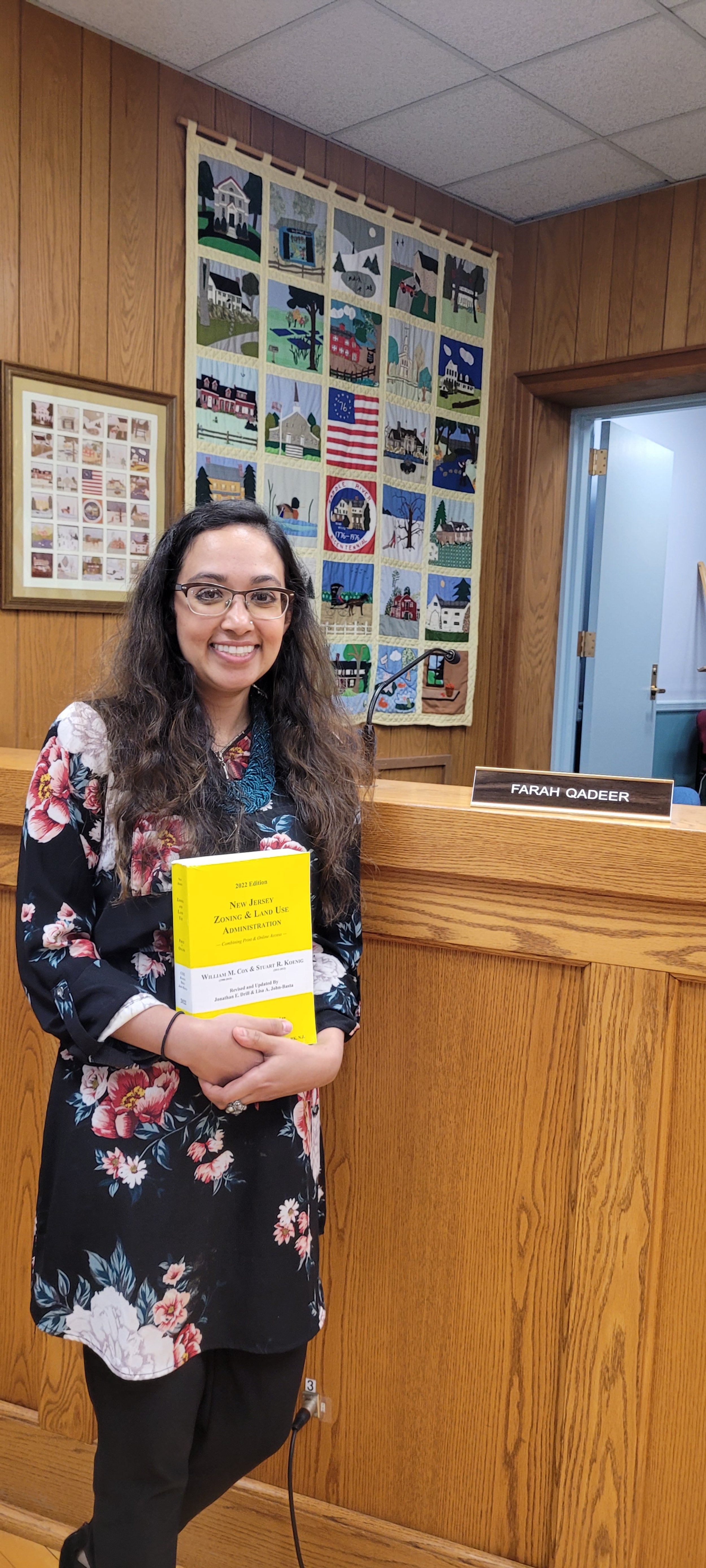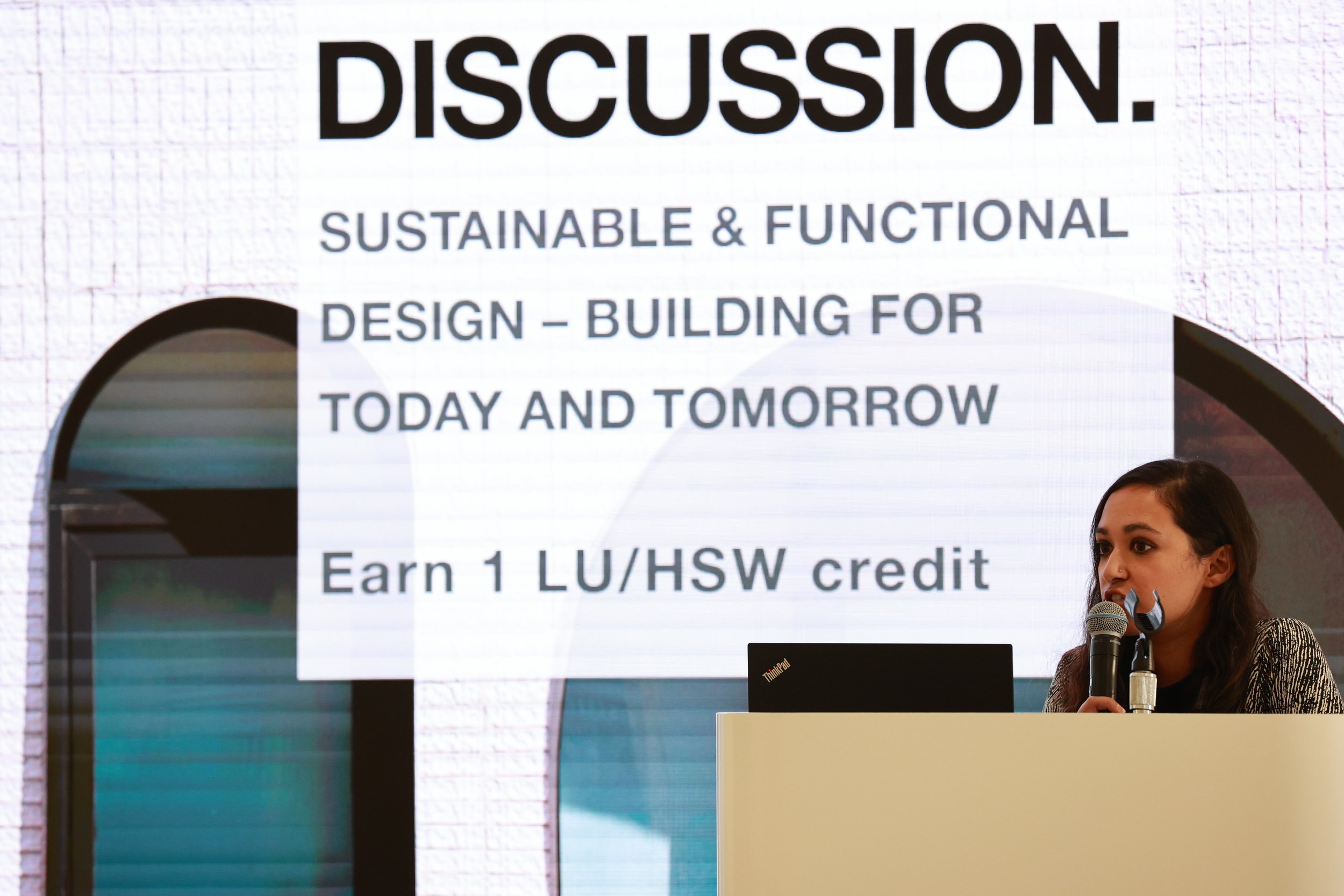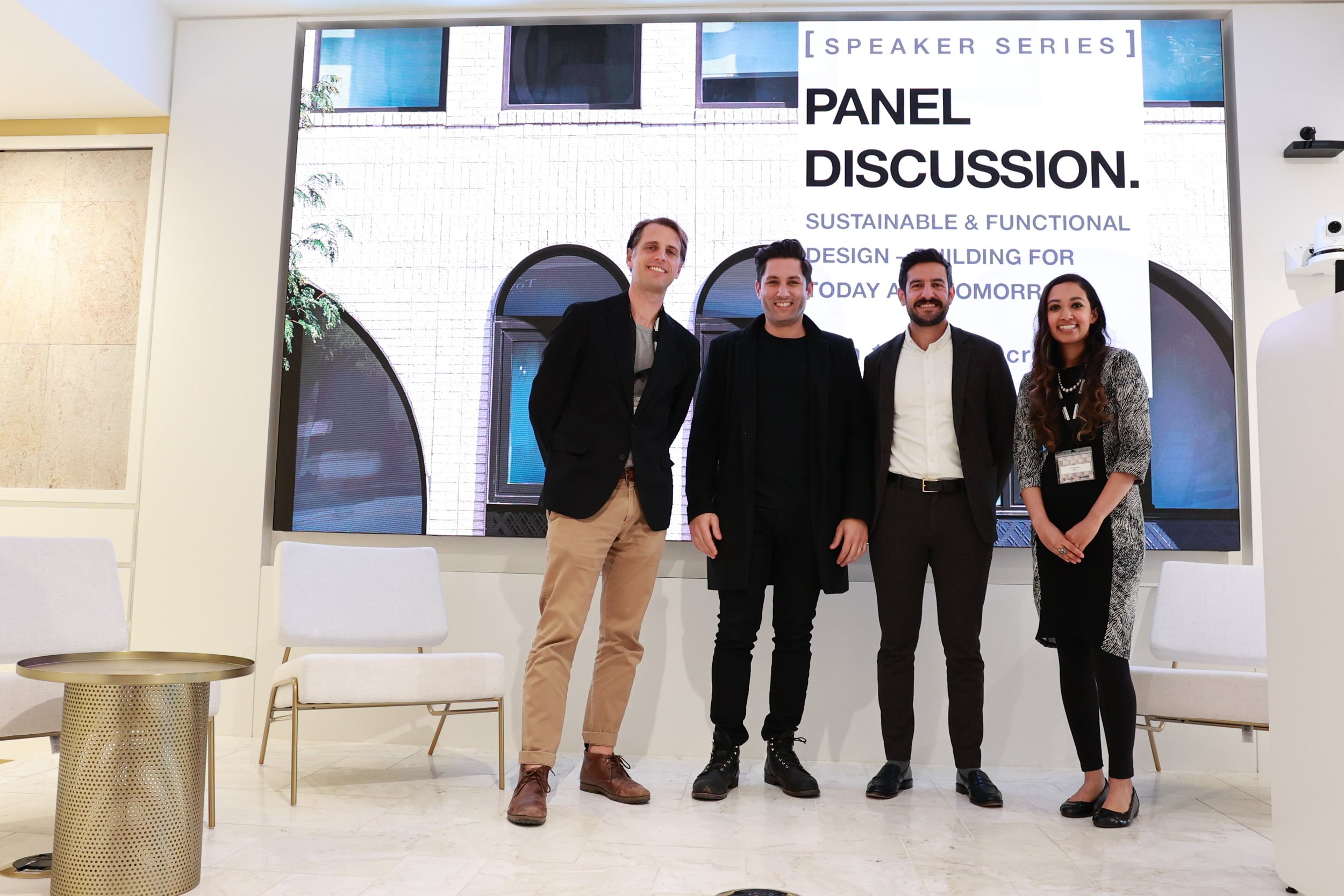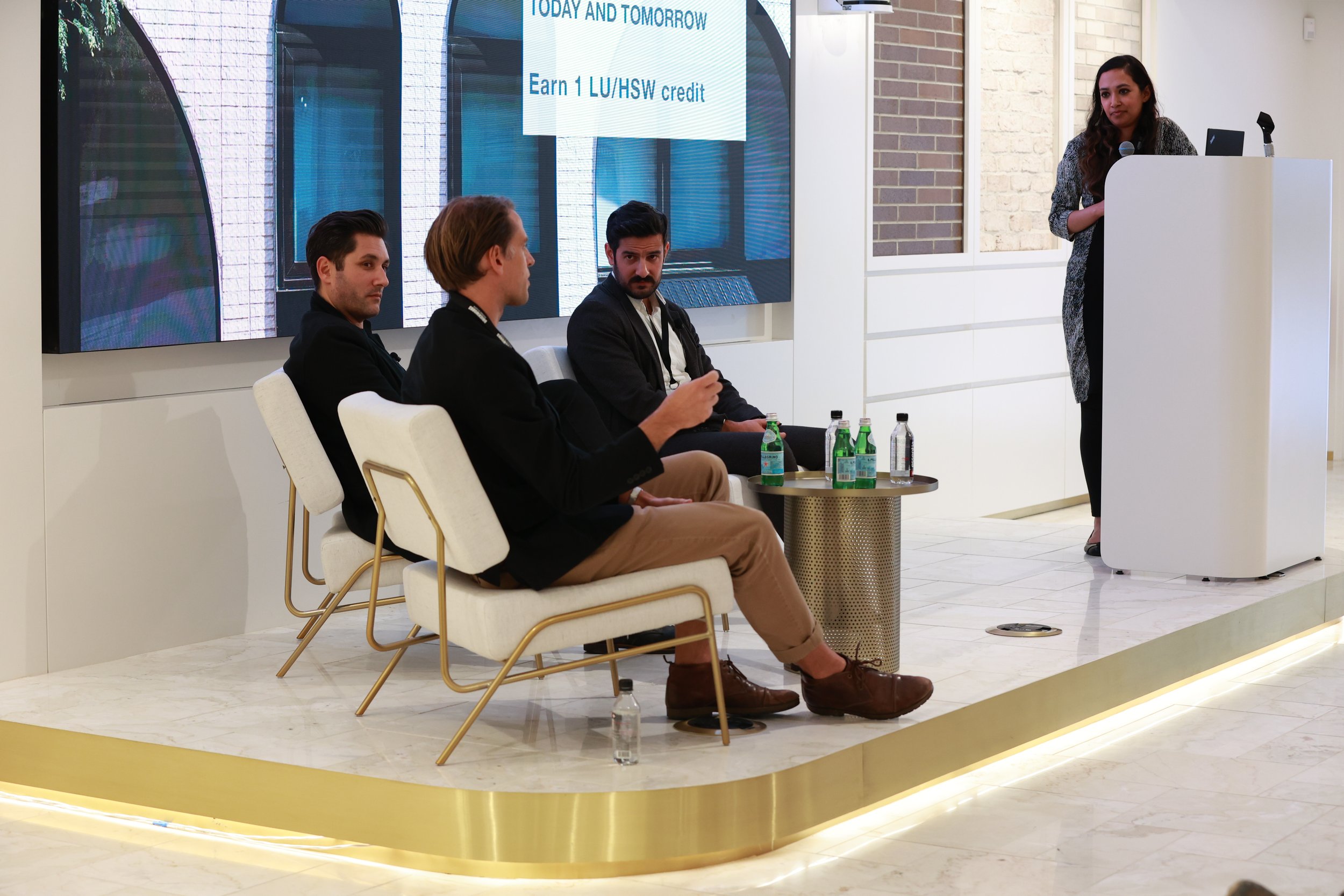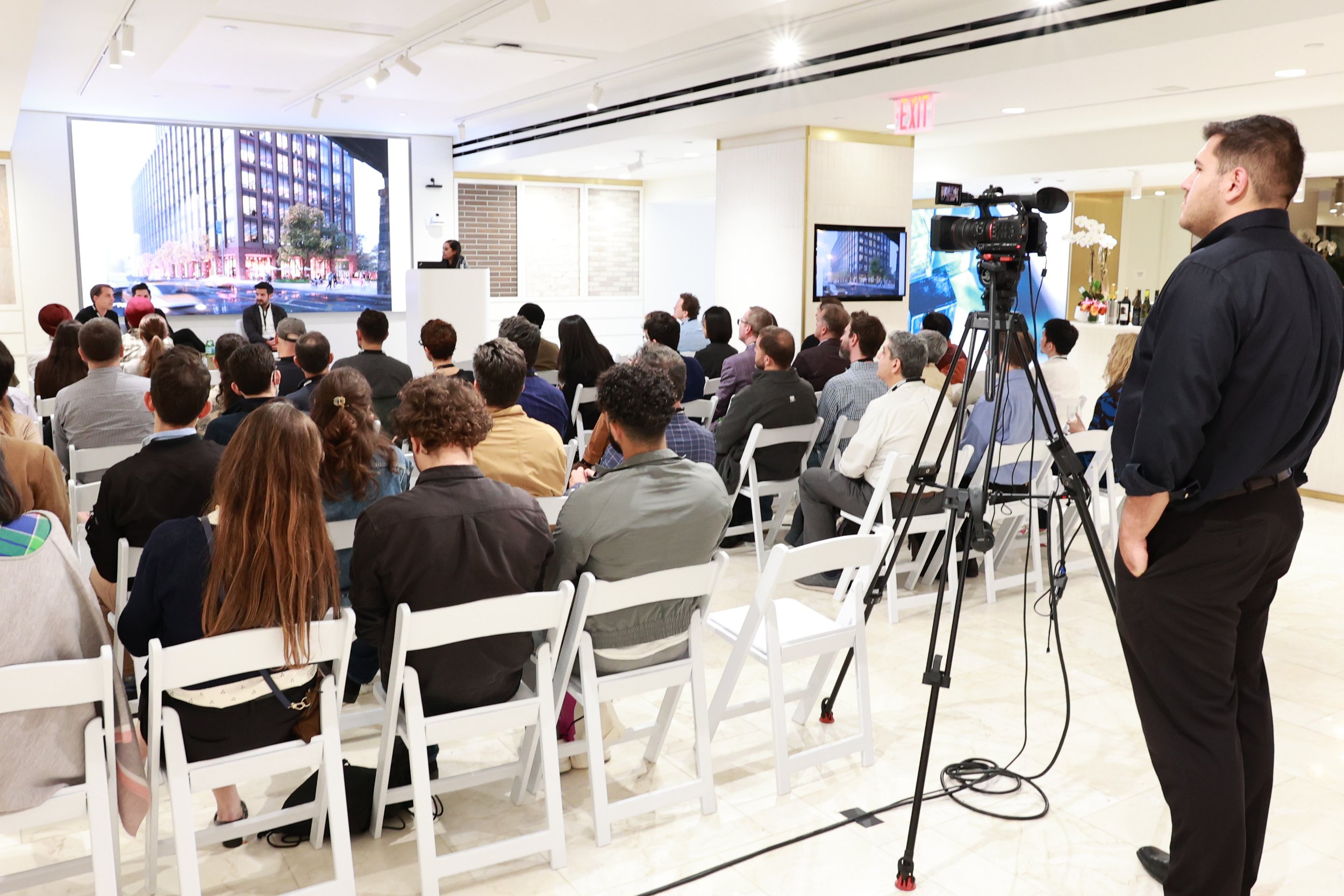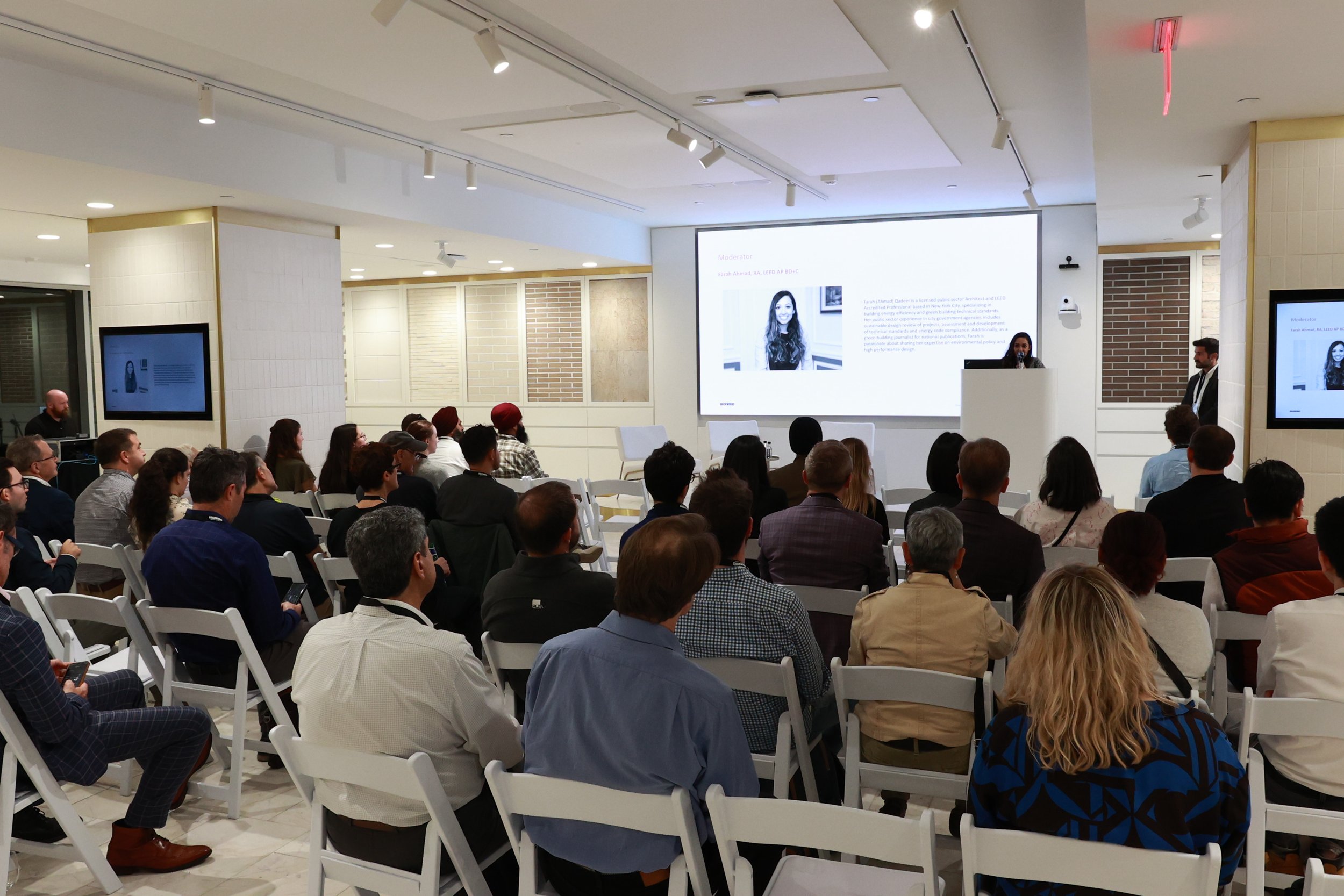What Makes a Leader?
Farah Ahmad
I have been in the architecture industry for over 13 years now, having served in various capacities. I’ve been the junior architect, architect, project manager, and currently senior level project manager, through a brief private stint and a mostly public career sector at various local government agencies.
My managerial experience (substituting for even more senior level staff as needed) paired with my peripheral industry engagements with inspiring mentors, has provided me with a clear picture of excellent leadership. I’m sharing my thoughts on what defines a leader for my personal future reference as well as to set your own expectations— especially to the younger generation who aspire towards empowering roles.
An excellent leader:
1) Is proactive, not reactive
· Has a vision, and establishes goals, paving the way for a benchmark and milestones to work towards
· Foresees all possibilities (both the good and bad) and plans ahead
· Ensures the team is well prepared and/or can self-pivot to handle curveballs
· Identifies strengths and weaknesses of team members and allocates projects accordingly
· Tracks workload and is cognizant of team efforts
2) Exudes confidence
· Can make assertive decisions
· Is clear and concrete, leaves little room for interpretation except where needed to exercise or promote creativity
· Can admit his/her mistakes, creating trust
· Knows when to turn to other resources balancing dependency with reassurance
3) Leads by example
· Shares knowledge and exhibits transparency
· Educates the team
· Does the legwork, by walking the walk, providing examples to follow. In addition to providing marching orders, sets inspiring orders, the excellent leader participates in the actual work as appropriate.
4) Invests in the professional development of the team
· Expresses support of each individual team member
· Verbally acknowledges good work, boosting morale
· Conducts performance evaluations/makes time to routinely meet one on one with individual
team members to discuss their short-term and long-term goals; distributes workload or
resources accordingly
· Serves as a mentor
· Supports relevant professional development opportunities outside of routine work,
sometimes going so far as to provide career resources
5) Fosters relationships to increase team potential and visibility
· Actively builds connections interdepartmentally to support the team’s work
· Willingly seeks out resources to develop goals or bolster existing work
· Encourages feedback and invites open idea-sharing with his/her team and other parties
6) Has a long term impact
· Embraces new ideas and innovation
· Leaves a lasting impression
· Communicates the value of the team to others, opening the door for more contribution
7) Inspires You
· Genuinely believes in you, instilling confidence and empowering you to go outside of your comfort zone
· Encourages personal growth and invests in your development, personally and professionally
· Recognizes your efforts
On the other hand, a poor leader:
· Reacts to fires as they happen
· Focuses on immediate tasks instead of long-term goals
· Is self-serving, focusing on self-promotion and reputation
· Engages minimally
· Puts forth minimal effort, relying on the team to carry the workload without meaningful contribution
· Does not invest in the team
· Shares knowledge selectively or only when required by upper management
· Provides vague direction
- Does not vocally advocate for the team in company or agency representation
· Maintains invisibility, with minimal communication or coordination amongst fellow colleagues
- Lacks emotional intelligence- fails to convey empathy or praise, avoids confrontation when needed to resolve team issues
· Is resistant to feedback
· Consistently fails to follow-up on ideas, leaving behind a trail of incomplete tasks
· Does not foster team spirit, i.e. a culture of collaboration boosted through empowerment
· Lacks the ability to rally people around shared goals

